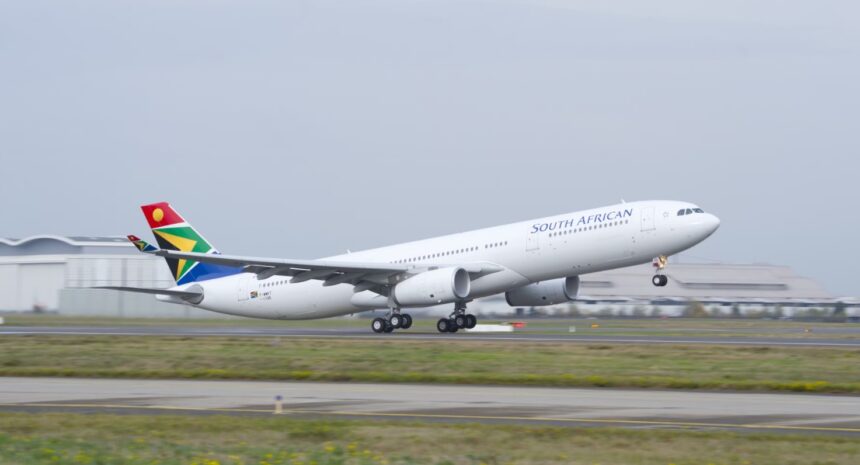African airlines continue to face an uphill battle, as they are still confronted with high operational costs and a low propensity for air travel expenditure.
These challenges are compounded by a persistent aircraft and spare parts shortage that has for decades dampened aviation growth on the continent.
According to the International Air Transport Association (IATA), the collective net profit margin of African airlines is expected to be the weakest in the world at 1.3%.
Carriers in the Middle East are forecast to be the strongest at 8.7%. Overall global airline profitability, however, varies widely by carrier and region.
Despite unrelenting challenges, including a shortage of foreign currency in some economies, particularly US dollars, there is still sustained demand for African air travel. Moreover, IATA’s latest 2025 airline industry financial outlook shows improved profitability over 2024 and resilience in the face of global economic and political shifts.
IATA’s latest figures indicate that all major regions in the world are expected to deliver collective net profits in 2025. Most will see their financial performance improve compared with 2024, with Latin America being the exception. “The first half of 2025 has brought significant uncertainties to global markets. Nonetheless, by many measures, including net profits, it will still be a better year for airlines than 2024, although slightly below our previous projections. The biggest positive driver is the price of jet fuel, which has fallen by 13% compared with 2024 and 1% below previous estimates. Moreover, we anticipate airlines flying more people and more cargo in 2025 than they did in 2024 – even if previous demand projections have been dented by trade tensions and falls in consumer confidence. The result is an improvement of net margins from 3.4% in 2024 to 3.7% in 2025.
“That’s still about half the average profitability across all industries. But considering the headwinds, it’s a strong result that demonstrates the resilience that airlines have worked hard to fortify,” said Willie Walsh, IATA’s director general.
“Perspective is critical to put into context such large industry-wide aggregate figures. Earning a US$36 billion profit is significant. But that equates to just US$7.20 per passenger per segment. It’s still a thin buffer and any new tax, increase in airport or navigation charge, demand shock or costly regulation will quickly put the industry’s resilience to the test. Policymakers who rely on airlines as the core of a value chain that employs 86.5 million people and supports 3.9% of global economic activity must keep this clearly in focus,” he added.
While gross domestic product (GDP) is the traditional driver of airline economics, airline profitability is expected to improve this year despite an expected decline in global GDP growth from 3.3% in 2024 to 2.5% in 2025. This is largely on the back of falling oil prices. Meanwhile, continued strong employment and moderating inflation projections are expected to keep aviation demand growing – even if not as fast as previously projected.
Meanwhile, supply chain issues are significantly negatively impactinhg airlines: driving-up leasing costs, increasing the average fleet age to 15 years (from 13 in 2015), cutting the fleet replacement rate to half the five to 6% of 2020, and reducing the efficiency of fleet utilisation (using larger aircraft than needed on some routes, for example).
Also, engine problems and a shortage of spare parts exacerbate the situation.
They have caused record-high groundings of certain aircraft. The number of aircraft younger than 10 years in storage is currently more than 1 100, constituting 3.8% of the total fleet compared with 1.3% between 2015 and 2018.
“Manufacturers continue to let their airline customers down. Every airline is frustrated that these problems have persisted so long. Indications that it could take until the end of the decade to fix them are off-the-chart unacceptable,” Walsh stated. – ebrandt@nepc.com.na


